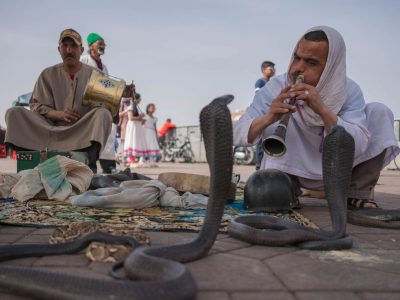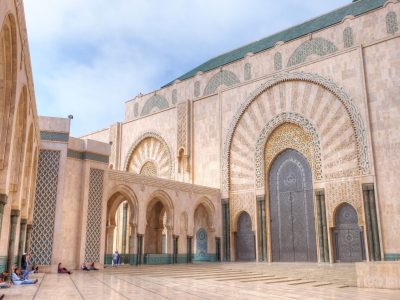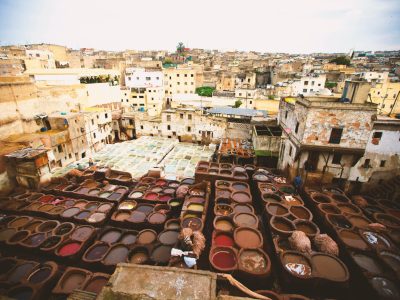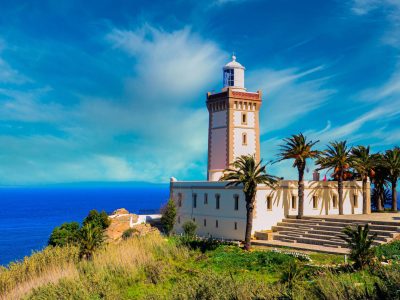Currency of Morocco: the Dirham
Morocco is an interesting country in the northwestern part of Africa. It has a long and interesting history, a diverse culture, and a beautiful landscape that make it a great place for tourists to visit from all over the world. The money in Morocco is one thing that makes it even more interesting. In this article, we’ll look at the Moroccan Dirham and how it works in the country.
How do you say “Dirham”?
The official currency of Morocco is the Moroccan Dirham. It took the place of the French Franc as the official currency in 1960. It is made up of 100 centimes, and it is tied to the Euro at about 10 dirhams to one Euro. The dirham is made by the central bank of Morocco, Bank Al-Maghrib. This bank also runs mints in Casablanca and Rabat.
The Dirham’s Past
Moroccans originally used Maravedi copper coins. The 1100s Almohad dynasty produced them. These coins were valued “dinars,” therefore “dirham.” Spanish and French coins followed them. The Moroccan Dirham debuted in 1960. 1-5-10-25-50 dirhams were available. Since then, the Moroccan Dirham has fluctuated. In 1999, a five-dirham note replaced the coin. In 2002, Bank Al-Magrhrib introduced redesigned and more secure banknotes and coins.
What is the Moroccan Dirham?
The Moroccan Dirham is the official currency of Morocco. It was introduced in 1960, replacing the French Franc as the official currency. It is divided into 100 centimes and is pegged to the Euro at a rate of approximately 10 dirhams to one Euro. The dirham is issued by the Bank Al-Maghrib, the central bank of Morocco, which also operates mints in Casablanca and Rabat.
History of the Dirham
The Almohad dynasty’s 12th-century Maravedi copper coins were Morocco’s first. These coins were dinar, which became dirham. Spanish and French coins followed. In 1960, the new Moroccan Dirham was launched with 1, 5, 10, 25, and 50 dirham denominations. The Moroccan Dirham has undergone several revaluations since then. The five dirham coin was replaced with a note in 1999. In 2002, Bank Al-Magrhrib released new notes and coins with enhanced security.
New and old coins and bills
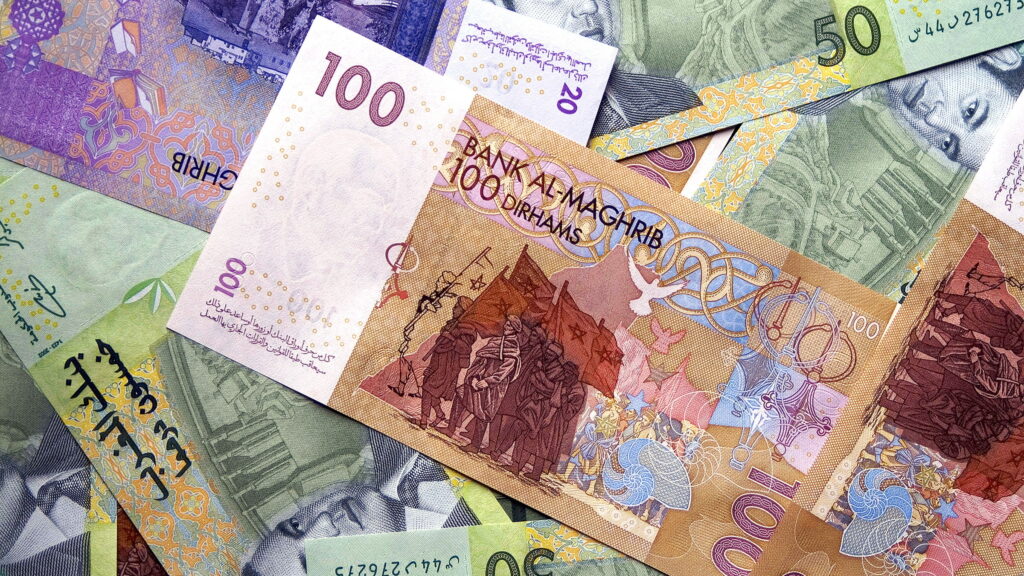
The Moroccan Dirham comes in coins of 1, 5, 10, 20, and 50 centimes, as well as 1, 2, and 5 dirhams. There are 10, 20, 50, 100, and 200 dirham notes in circulation right now. All of the coins and bills have pictures of important people in Moroccan history, like the poet Mohammed ibn Abdelwahab, King Hassan II, and El-Hajj Tahar Ben Cheneb, the man who built Rabat.
The Dirham is used.
In Morocco, shops, restaurants, and hotels accept the Dirham as a form of payment. But some places might also take Euros or other foreign money. Credit cards are also widely accepted in tourist spots, but it’s best to check before making any purchases. Travelers should also keep in mind that because the Dirham is worth so little, prices in Morocco can be much lower than in other places. So, if you want to get the most out of your money when you travel, it’s important to know about exchange rates.
Services for banking and moving money
Morocco offers banking and money transfer services for foreign exchange and money transfers. Western Union and MoneyGram can transfer money, while Banque Populaire and BMCE can exchange money. ATMs accept foreign cards, although not all. When visiting Morocco, check what cards are accepted and whether there are cash withdrawal costs. Morocco’s economy and everyday life revolve on the dirham. Its lengthy history and many coins and banknotes make learning about it enjoyable. Tourists visiting Morocco should know how to utilize the dirham.
Using the Dirham
In Morocco, the Dirham is widely accepted as payment in shops, restaurants and hotels. However, some places may also accept Euros or other foreign currencies. Credit cards are also widely accepted in tourist destinations, but it’s always best to check before making any purchases. Travellers should also bear in mind that prices in Morocco can be significantly lower than in other countries due to the low value of the Dirham. As such, it’s important to be aware of exchange rates when traveling in order to get the most out of your money.
Banking and Money Transfer Services
Morocco has several banking and money transfer services. Western Union and MoneyGram transfer money, while Banque Populaire and BMCE exchange currencies. Some ATMs allow foreign cards for withdrawals. Before traveling, verify Morocco’s card acceptance and withdrawal fees. Morocco’s economy and daily life depend on the Dirham. It’s intriguing to study its long history and diverse coins and notes. Traveling in Morocco might be easier for travelers who understand the dirham.
Tours From Morocco
Address: 86 Lot Hiba, 30000, Morocco
Phone: +212 613-504732
Email: moroccoclassictours@gmail.com
SITEMAP


